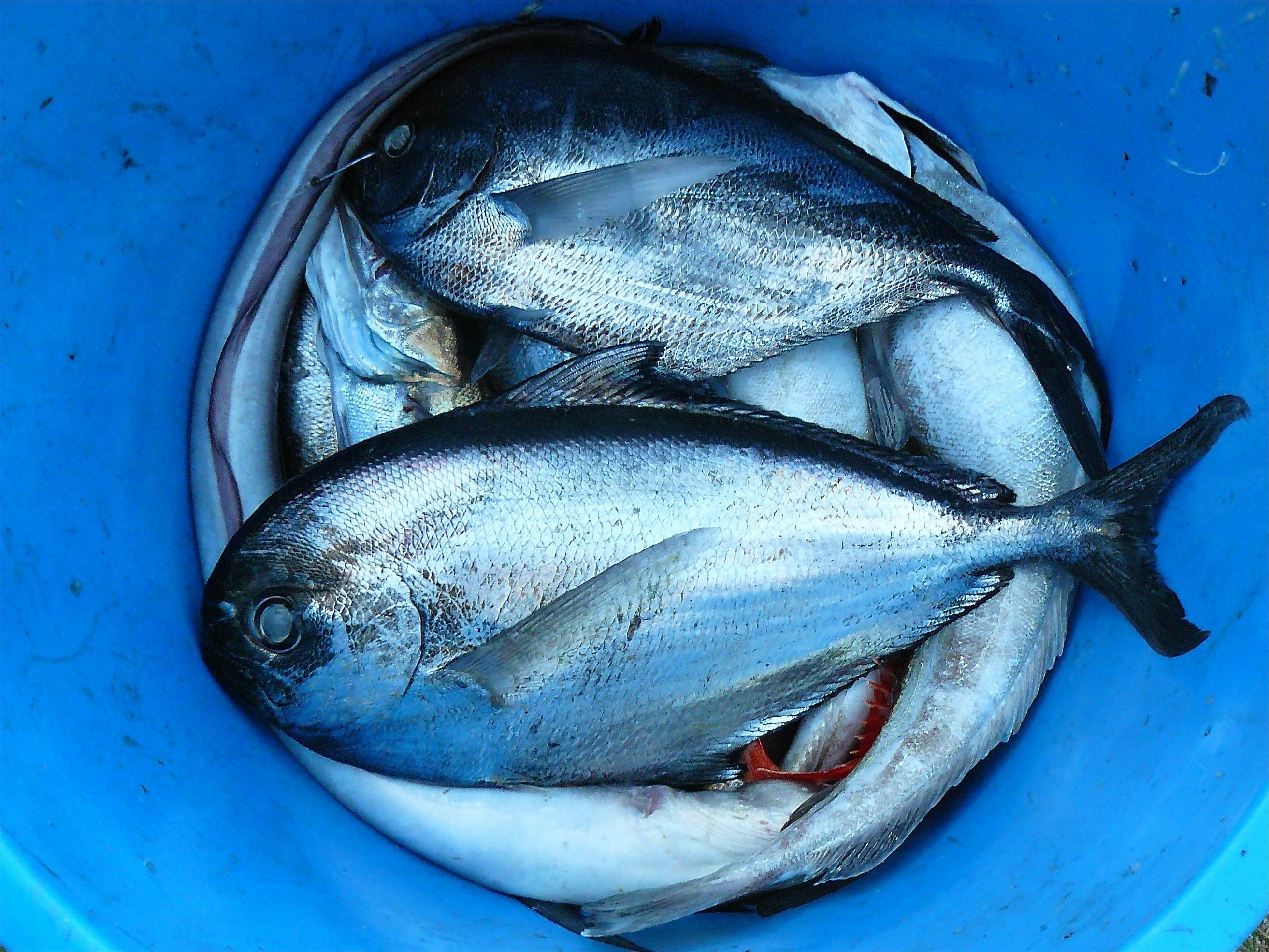
Effective Ways to Optimize Your Low FODMAP Diet in 2025: Discover Essential Strategies!
In today's fast-paced world, achieving healthy digestion is more crucial than ever—especially for those with sensitive stomachs or food intolerances. The low FODMAP diet has emerged as one of the leading approaches for managing digestive health and finding relief from symptoms related to IBS (Irritable Bowel Syndrome). This article explores essential strategies to effectively optimize your low FODMAP diet in 2025.
Understanding the Low FODMAP Diet
The low FODMAP diet is a dietary approach designed to identify and eliminate specific fermentable carbohydrates that can trigger gastrointestinal symptoms in individuals with IBS and other digestive disorders. FODMAP stands for fermentable oligosaccharides, disaccharides, monosaccharides, and polyols. These are short-chain carbohydrates that some people absorb poorly. By reducing FODMAP intake, many individuals experience significant improvements in their digestive health.
The Basics of FODMAPs
To better understand how the low FODMAP diet works, it's essential to delve into the types of FODMAPs you'll need to avoid during the initial elimination phase. Common high FODMAP foods include certain fruits like apples and pears, vegetables like onions and garlic, legumes, and dairy products containing lactose. After the elimination phase, the diet evolves into a reintroduction phase where individuals test their tolerance to specific FODMAPs to find their personal threshold.
Common Symptoms Associated with High FODMAP Foods
People consuming high FODMAP foods may experience a range of uncomfortable symptoms, including bloating, gas, abdominal pain, and diarrhea or constipation. By following the guidelines of the low FODMAP diet, individuals can often achieve symptom relief within just a few weeks. This process emphasizes the importance of understanding how each food impacts your gut health and overall wellbeing.
Building Your Low FODMAP Meal Plan
Creating a balanced low FODMAP meal plan can significantly enhance your dining experience while ensuring dietary adherence. An effective meal plan consists of a variety of foods including low FODMAP vegetables, low FODMAP grains, and lean proteins. It's essential to prioritize fresh ingredients and practice mindful eating to foster a healthy digestion journey.
Essential Low FODMAP Foods to Include
When drafting your meal plan, focus on incorporating a diverse array of low FODMAP foods. This includes fruits such as bananas, oranges, and strawberries; vegetables like carrots, zucchini, and spinach; and proteins such as chicken, eggs, and firm tofu. Pair these with gluten-free grains such as quinoa and rice to create balanced and nourishing meals.
Easy Low FODMAP Meal Ideas
To inspire your meal prep, consider these easy low FODMAP recipes: 1. **Breakfast**: Start your day with a smoothie made from spinach, a banana, almond milk, and a scoop of chia seeds. 2. **Lunch**: Try a quinoa salad with cucumbers, tomatoes, feta cheese, and a lemon-olive oil dressing. 3. **Dinner**: Enjoy grilled chicken with steamed zucchini and a side of brown rice. These meals promote healthy digestion and comfort while sticking to the low FODMAP guidelines.
Meal Prepping and Planning Strategies
One of the most effective ways to maintain a low FODMAP diet is through meal prepping. By preparing meals in advance, you not only save time but also ensure you have IBS-friendly food pairings readily available, reducing the temptation to consume high FODMAP options.
Tips for Successful Meal Prepping
Start your weekly meal prepping by designating a day to plan, shop, and cook. Create a shopping list based on your low FODMAP meal plan and focus on whole foods. Use labeled containers for each food item, making it easy to differentiate between meals and snacks. Some great low FODMAP snacks include rice cakes topped with peanut butter, popcorn, or a handful of nuts.
Cooking Techniques for a Healthy FODMAP Diet
Cooking methods can significantly influence how FODMAPs affect your meals. Techniques such as steaming, grilling, and baking are excellent choices. Always opt for fresh herbs and spices rather than processed seasonings, which may contain high FODMAP ingredients like onion or garlic. This helps preserve the integrity of your health-conscious low FODMAP recipes.
Traveling with a Low FODMAP Diet
Traveling doesn’t need to disrupt your low FODMAP diet. With some planning and preparation, you can enjoy meals on the go without compromising your gut health. Consider bringing snacks and meal replacements that align with your dietary guidelines to maintain control over your food choices.
Travel Tips for Low FODMAP Eating
When traveling, research restaurants in advance that offer gluten-free options and can accommodate your low FODMAP preferences. Keeping a portable snack bag filled with low FODMAP snacks like rice cakes, banana chips, or low FODMAP protein bars will ensure you have satisfying choices as you travel. Additionally, utilizing food diary techniques assists in tracking exposure to different foods, helping to identify potential triggers during your journey.
Dining Out on a Low FODMAP Diet
When dining out, don’t hesitate to inform the staff about your food intolerances. Most restaurants are willing to accommodate dietary requests. Choose grilled or roasted options, opt for fresh side salads without high FODMAP dressings, and avoid sauces that may contain onions or garlic. Always carry a low FODMAP guide to reference if you're unsure about menu options.
Key Takeaways
- The low FODMAP diet is effective for managing symptoms related to IBS and improving gut health.
- Building a varied low FODMAP meal plan ensures nutritional adequacy and alleviates the risk of dietary boredom.
- Meal prepping strategies help you stay committed to the low FODMAP lifestyle without feeling restricted.
- While traveling, being prepared and informed will help you remain aligned with your diet.
FAQ
1. What FODMAP foods should I avoid during the elimination phase?
During the FODMAP elimination phase, it's crucial to avoid high FODMAP foods such as certain fruits (e.g., apples, pears), vegetables (like onions and garlic), wheat products, legumes, and dairy containing lactose. This phase typically lasts around 4 to 6 weeks, allowing the digestive system to stabilize, after which FODMAP reintroduction begins.
2. Can I have snacks while following a low FODMAP diet?
Yes, there are plenty of low FODMAP snacks you can enjoy! Options include rice cakes topped with peanut butter, lactose-free yogurt, popcorn, or a handful of nuts and seeds like almonds and chia seeds. Always check labels for adherence to low FODMAP guidelines.
3. Is it possible to follow this diet long-term?
While the low FODMAP diet initially requires strict adherence, many people can incorporate FODMAP-friendly foods into their long-term diet once they identify their personal trigger levels. Regularly updating your food diary and using food selection tools can keep your diet diverse and enjoyable.
4. What are some tips for cooking without FODMAP?
To enhance your cooking experience while avoiding FODMAPs, try using fresh herbs and spices instead of onion or garlic, embrace cooking techniques such as roasting or grilling, and explore alternatives like low FODMAP vegetables and gluten-free grains. This creates delicious meals without sacrificing flavor.
5. How can I discover my personal tolerance to FODMAPs?
Identifying your tolerance to FODMAPs involves systematic reintroduction of previously eliminated foods, ideally under the supervision of a dietitian. By watching for symptoms and using a food diary, you can pinpoint which FODMAPs you tolerate well and which to limit or avoid in the future.
By prioritizing awareness of diet and symptom management through food, this guide to an optimized low FODMAP diet provides a holistic approach to achieving better digestive wellness in 2025 and beyond.

